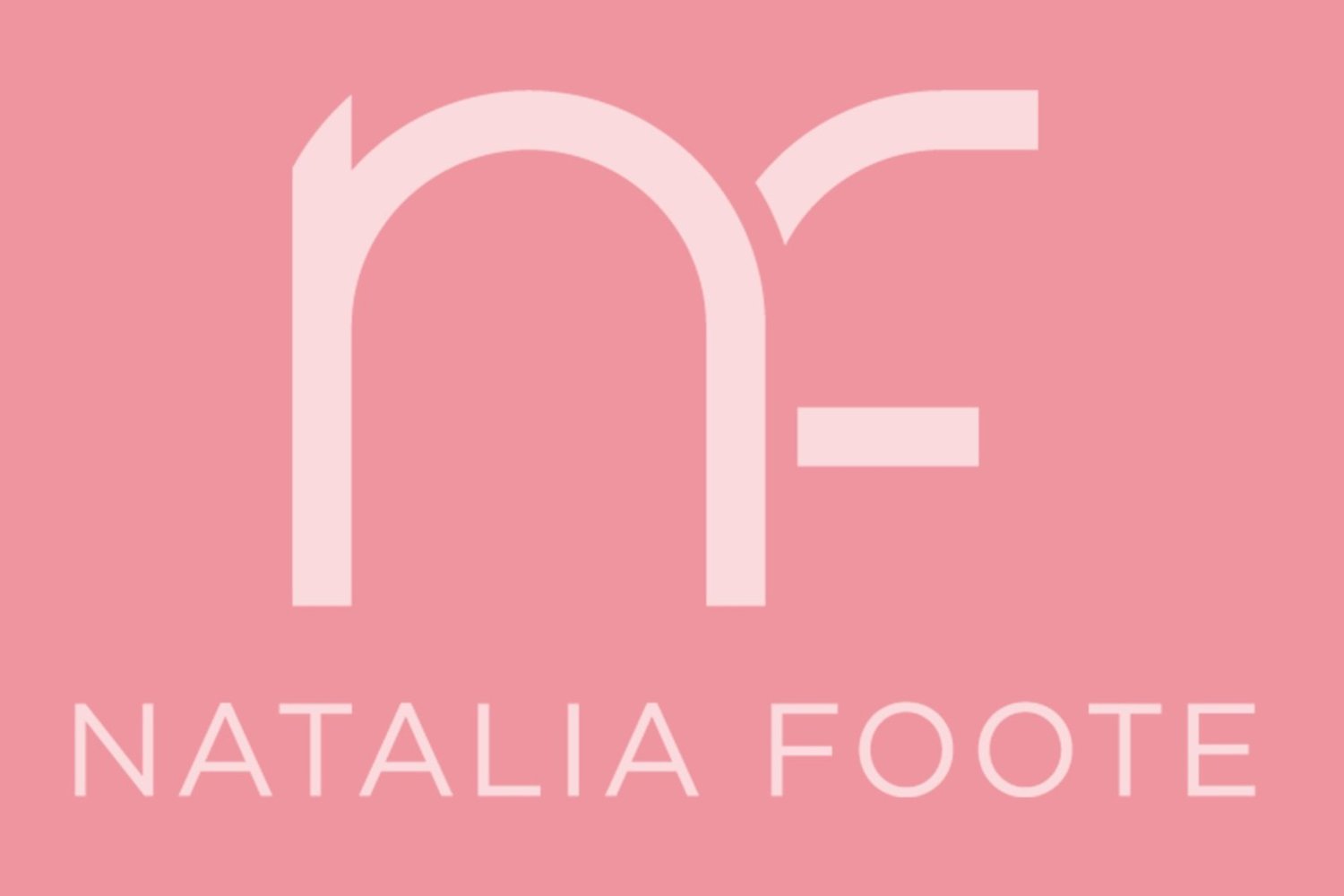Plow pose
Halasana
A stretch known to most is a seated forward fold, legs outstretched and hands holding the feet or reaching toward them. Plow pose, or halasana, is nearly the same posture only with a different relationship to gravity. The legs are above the body, and the back is connected to the mat.
There are many variations with hand placement in halasana. The one pictured is with the hands at the low back. Hands may also be clasped together or released pressing into the mat. There is also a variation where the hands are holding the toes, similar to an upside-down, seated forward fold. In this variation, it is important to have a strong yoga practice as the spine receives a significant amount of pressure. As with all new movement, please make sure with your healthcare professional.
One of the most telling aspects of plow pose, is the strength in your breath. Regardless of body mobility, plow pose condenses the organs thus making it quite apparent how easy, or difficult, it is to breathe in the posture. Maintain a steady and even breath while practicing most yoga postures, and pay close attention to your breath while in plow.
As with supported shoulder stand, you may use blankets to elevate the upper back and provide space for the head and neck below.
1. Begin laying on the mat, bend the knees and use the hands to support the low back.
2. As the hips begin to lift over the shoulders, extend the legs, allowing the legs to move past the head.
3. Release the hands from the low back and clasp the hand or extend the arms keeping the energy toward one another.
4. Allow your gaze to be soft and toward your nose or knees.
5. Gently breathe staying in the pose for one to five minutes.
6. Use your abdominals to guide the feet away and land with the legs on the mat.

